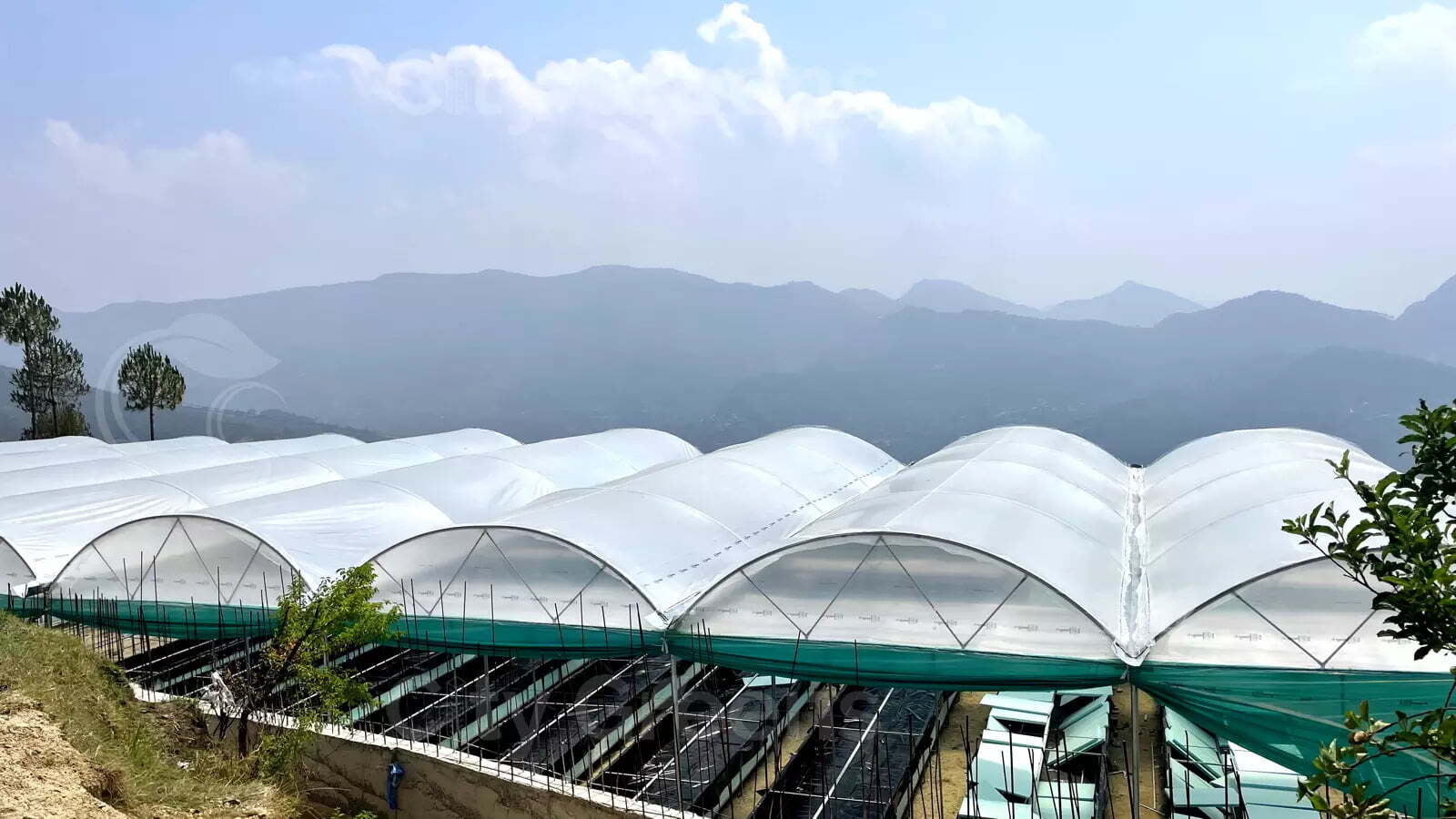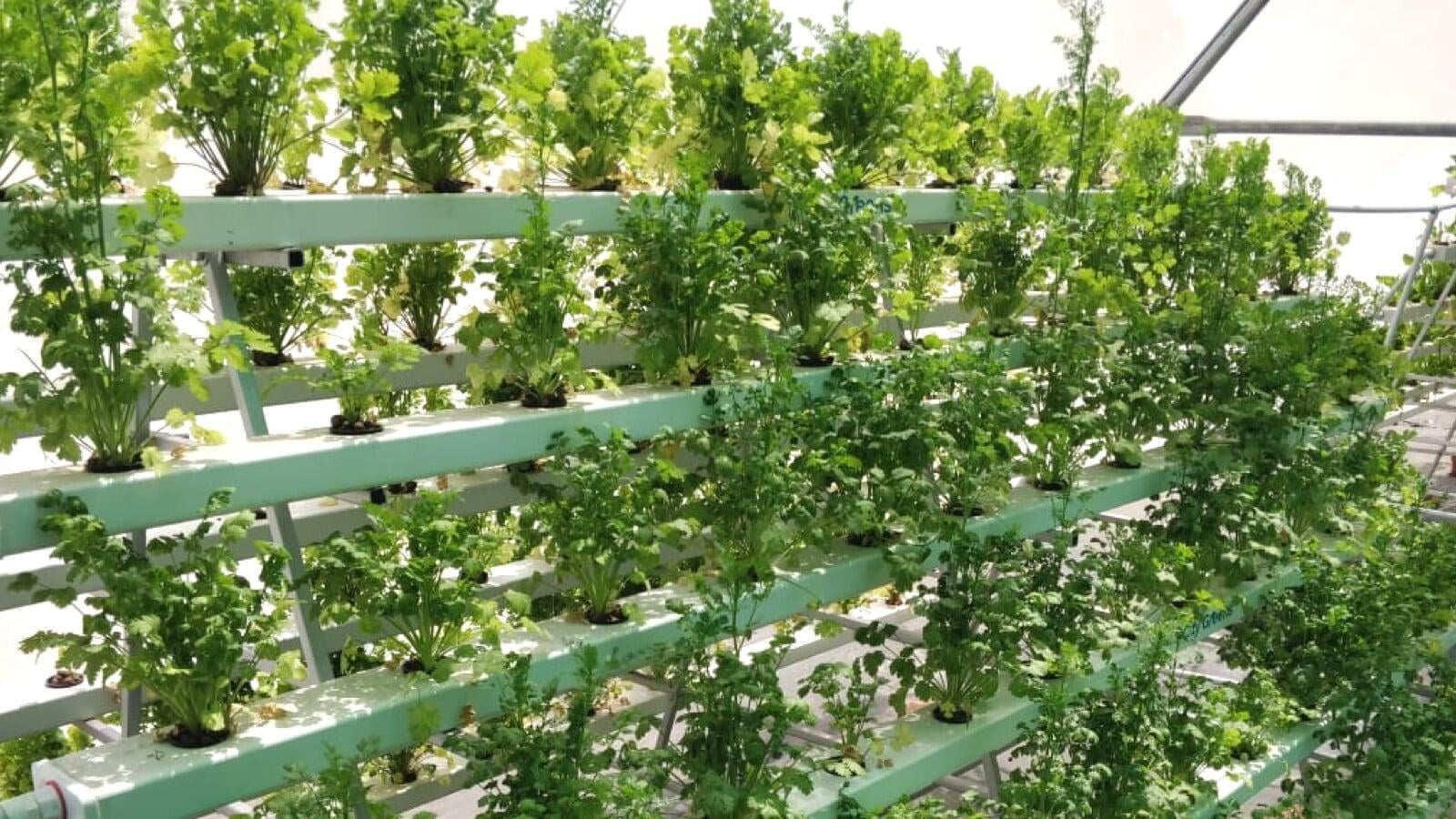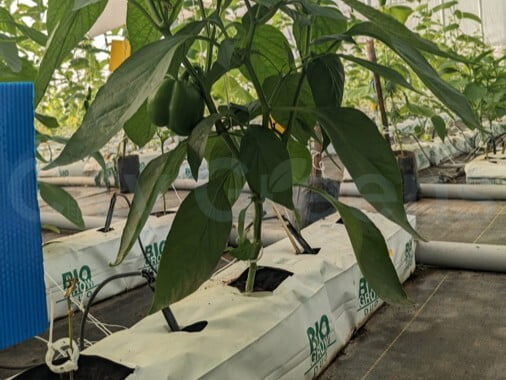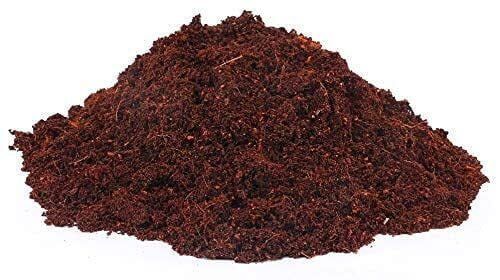In India, turmeric is more than just a spice. It's a part of our daily food and culture. We use it in curries, rituals, and even for its health benefits. Now, there's a new way to grow turmeric in India – without soil. It's called hydroponics, and it's becoming popular because it can work in different parts of the country. In this blog, we'll explore why one should consider growing turmeric hydroponically and the key factors to keep in mind before starting this hydroponic journey.
Why should we grow turmeric in hydroponics?
Controlled Environment
Hydroponic systems offer the advantage of having control over the environmental factors like light, temperature, and humidity to create the ideal conditions for healthier and more consistent turmeric growth.
Faster Growth
Turmeric typically takes 8-10 months to mature in soil, while hydroponically grown turmeric can mature in as little as 6-7 months due to optimal conditions.
Pests & Disease Control
Hydroponic systems reduce the risk of soil-borne pests and diseases, making it easier to maintain a healthy turmeric crop.
Key factors to consider to grow turmeric hydroponically.
Hydroponic System Selection
Grow bags system is preferred instead of grow slabs as they offer more depth, an important factor to consider when growing turmeric.
Growing Medium Selection
Turmeric can be grown in various hydroponic mediums. To ensure good aeration and drainage use a mixture of coconut coir & leca.
Turmeric Variety Selection
Choose a turmeric variety suitable for hydroponic cultivation. The 'Curcuma longa' variety is the most common choice for culinary purposes.
Planting Care
Plant the turmeric rhizomes about 2 inches deep in your chosen growing medium within the hydroponic system. Ensure adequate spacing between each plant.
pH Maintenance
Turmeric requires a slightly acidic pH level between 5.5 and 6.5. Regularly check pH readings and adjust if they are not in the desired range for better nutrient absorbtion.
Nutrient Management
Use a balanced nutrient mixture which contains all macro & micronutrients. Regularly monitor EC levels and adjust the nutrient solution as needed.
Pruning & Maintenance
Trim yellowing leaves, and ensure good airflow to prevent mold and fungal issues. Regularly check for pests and address them promptly.
In conclusion, growing turmeric without soil using hydroponics can be a smart choice. It allows you to have fresh turmeric, even if you have limited space. Before you start, remember to pay attention to the key factors we discussed. With proper care and the right setup, you can enjoy your own homegrown turmeric in no time.











